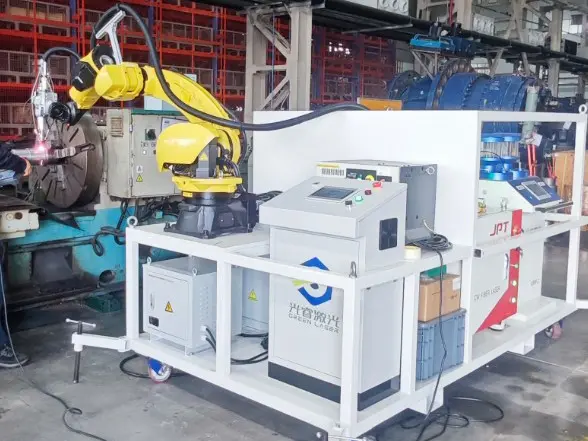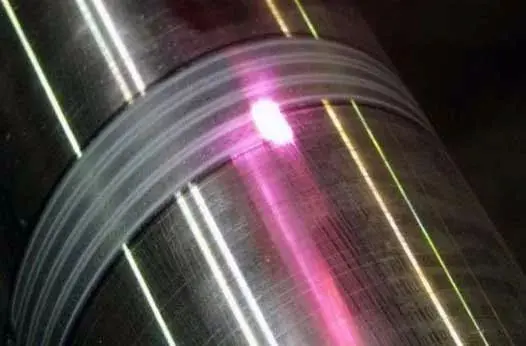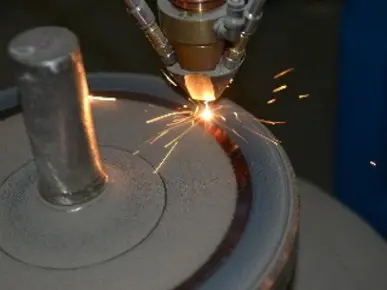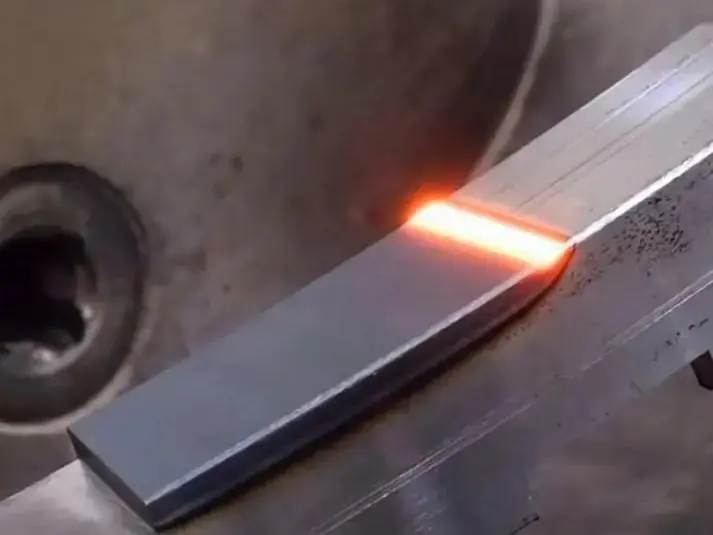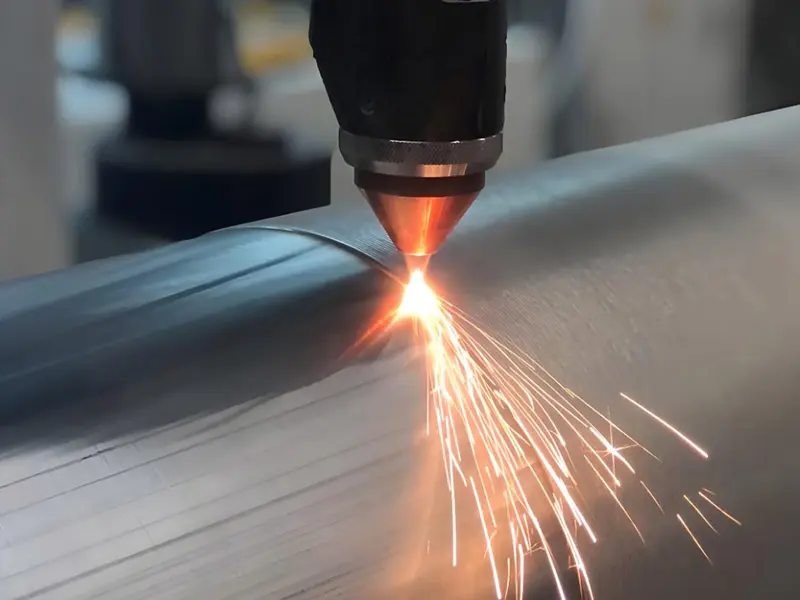Laser cladding technology: a revolutionary breakthrough in ship corrosion protection
Ship corrosion remains a significant challenge in the global shipping industry. According to statistics, global direct economic losses from ship corrosion exceed $100 billion annually. The performance limitations of traditional anti-corrosion coatings in the extreme marine environment have made the search for more advanced protection technologies a pressing need. Laser cladding technology, with its unique metallurgical bonding properties, is revolutionizing the field of ship corrosion protection.
Limitations of Traditional Anticorrosion Technology
Currently, mainstream solvent-based anticorrosion coatings face three key challenges in marine environments:
Short protection period: Ordinary coatings only provide effective protection for 1-10 years in marine environments, requiring frequent maintenance;
Inadequate bonding strength: The coating-to-substrate bond strength is only 3-6 MPa, making it susceptible to peeling under mechanical impact;
Poor environmental performance: The coating contains high levels of volatile organic compounds (VOCs), which pollute the environment and harm the health of construction workers.
The root cause of these problems lies in the inability of traditional "physical coating" protection methods to withstand the complex marine environment. When micron-scale cracks appear in the coating, chloride ions quickly penetrate, causing pitting, stress corrosion, and other problems.
Breakthrough Advantages of Laser Cladding Technology
Laser cladding technology uses high-energy lasers to instantly fuse alloy powders with the substrate, forming a metallurgical bond. This technology offers three significant advantages:
Excellent Bond Strength: The cladding layer achieves atomic-level bonding with the substrate, with a bond strength of ≥200 MPa, over 35 times that of traditional coatings, effectively protecting against wave impacts.
Extremely Long Protection Life: Laboratory simulations show corrosion resistance exceeding 50 years, far exceeding that of traditional coatings.
Environmentally Friendly Production Process: Using VOC-free alloy materials, the entire application process releases no harmful substances.
This "metallurgical symbiosis" transforms the protective layer from a simple surface coating to an integral component of the base metal, fundamentally changing the protective mechanism.
Economic Benefits of Practical Applications
This technology has demonstrated significant economic value in practical applications:
Significantly Reduced Maintenance Costs: Applied to ballast tank repairs on 200,000-ton bulk carriers, a single repair can save 800,000 yuan in downtime losses;
Improved Wind Power Equipment Reliability: Application in the splash zone of offshore wind farm towers reduced annual maintenance costs by 60%;
Enhanced Performance of Deep-Sea Equipment: Composite cladding applied to drilling platform pile legs increased impact resistance by three times.
Industry Development Prospects
Laser cladding technology has broad application prospects in ship corrosion protection:
Breaking Technical Barriers: Breaking through the technical limitations of high-end marine coatings;
Changing Maintenance Models: Shifting from "Periodic Maintenance" to "Long-Term Protection";
Supporting Environmental Protection Strategies: Green processes are helping the shipping industry achieve its carbon reduction targets.
With the development of the global marine economy, this technology is expected to generate a market value exceeding 5 billion yuan. Industry experts point out: "This is not only an innovation in materials technology, but also a redefinition of the concept of marine equipment protection." Laser cladding technology is creating a true "metallurgical armor" for ships, providing more reliable and economical anti-corrosion solutions for the global shipping industry.


